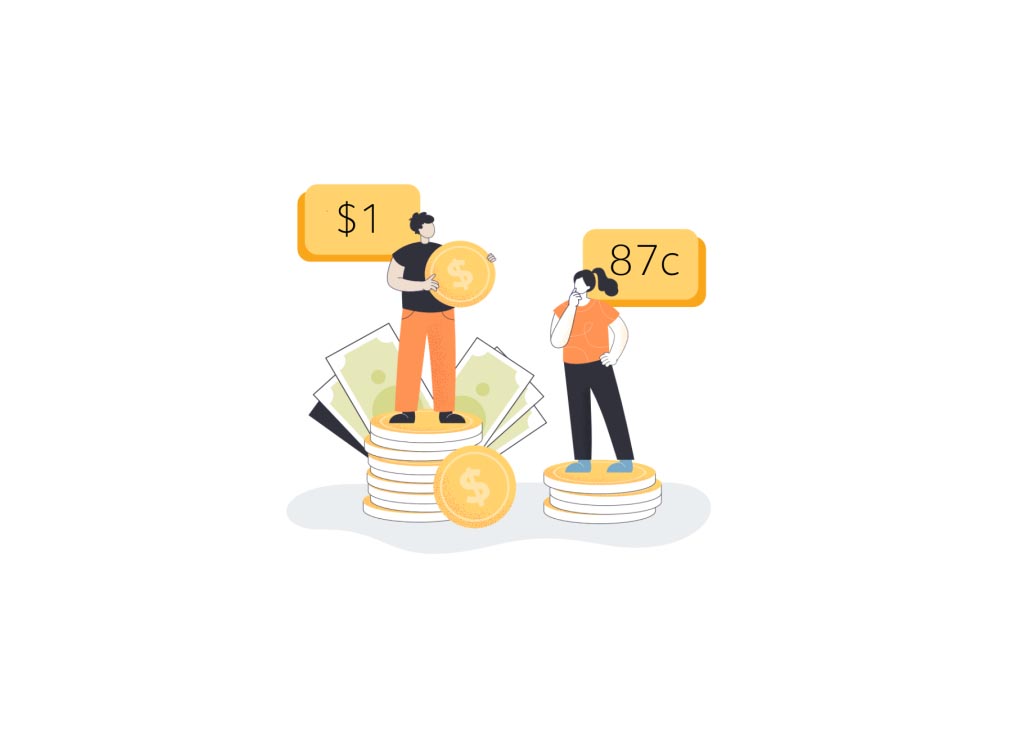A major step towards addressing the gender pay gap has been taken with the passing of the Workplace Gender Equality Amendment (Closing the Gender Pay Gap) Bill 2023 in federal parliament.
From 2024, the Workplace Gender Equality Agency (WGEA) will publish gender pay gaps by employer, in addition to publishing the gender pay gap at a national, industry and occupational level. This will be done by mean, median and employer remuneration quartile.
The measure covers the employers with 100 employees or more. According to the WGEA, this represents the workplaces of approximately 40 per cent of the nation’s workforce – or about 4.5 million employees.
A first for gender equality
WGEA CEO Mary Wooldridge has welcomed the passage of the Bill.
“For the first time, from 2024 employees will have access to the key indicator of how their organisation is performing on gender equality,” Wooldridge says.
“Employees and prospective employees are placing high value on jobs that support gender equality.
“Publishing employer gender pay gaps will provide deeper insights on their employer’s progress, while job-seekers can get a clearer indication of a prospective employer’s commitment to ensuring the contributions of all employees are equally valued and rewarded.
“This is also an opportunity for employers who may have been slow to prioritise gender equality to get serious about change.”
According to the WGEA, international research shows that publishing employer pay gaps can be a powerful motivation for companies to prioritise gender equality and to lower their gender pay gaps. In the UK, the approach has already motivated employers to substantially narrow the wage gap between men and women.
“A key aim of publishing gender pay gaps is to help employers show improvement over time,” Wooldridge says.
“That is why an essential part of the legislative reforms is to give employers the option to provide a statement that gives context to their gender pay gap results and outlines their plans for action.”
Focus on HVAC&R
WGEA data is reported at a broad industry level, for example, construction. Having access to employer data will also provide more visibility of what is going on in specific industries such as HVAC&R.
To support the new rules around gender pay gap reporting and ensure the HVAC&R sector is leading the way in addressing gender equality, AIRAH is organising an initiative with employers in the HVAC&R industry.
“In reporting gender pay gaps, [the] WGEA will look at the difference between the average earnings for men and women at organisations,” says Dr Rachel Howard from the 89 Degrees East consultancy, who is supporting the AIRAH initiative.
“While many companies, particularly those in male-dominated industries, will not be able to close their gender pay gap before public reporting commences, they can take steps to improve it over time, and to create gender equality strategies designed to achieve continual improvement.”
Interested organisations are invited to participate in a process to discover their current gender equality status; understand their existing talent and their potential; and action a meaningful gender equality strategy that makes a difference for women in their workplace.
For more information contact [email protected]
More information on the reforms is available at the WGEA website.
Image courtesy of the WGEA.
 Mark Vender
Mark Vender


Leave a Reply